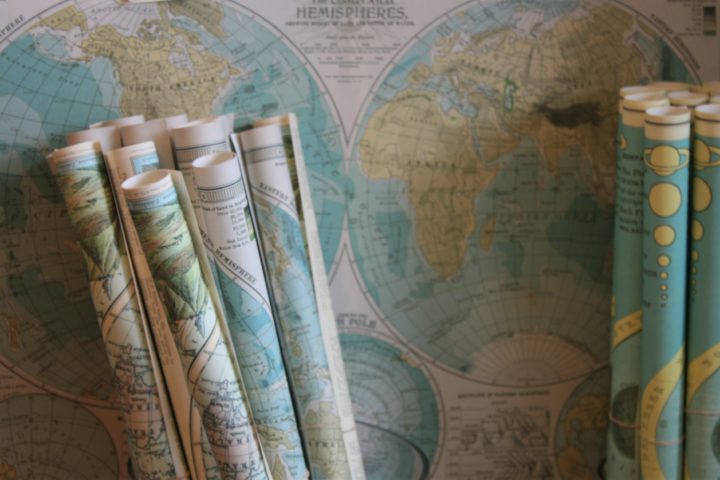When Fiona Candlin and I first met up in 2015 to discuss the possibility of a research project that would create a database and visualisations relating to the UK’s independent museums sector, I was immediately intrigued. I knew from my previous experiences working on interdisciplinary projects to build specialist knowledge bases that this would be a challenging endeavour – and so far the Mapping Museums project has not disappointed!
The challenges faced in these kinds of interdisciplinary research projects are numerous:
- the research programme cannot be tackled through expertise and methodologies arising from one discipline, but require multi-, cross- and interdisciplinary approaches;
- gradual development of a common language of discourse is needed between researchers from the different disciplines: often a term has different meanings in different disciplines, e.g. words such as “design”, “Implementation”, “testing”, “ontology”;
- from the point of view of the computer scientist, there is typically a lack of well-defined “requirements” at the outset of the research project; identifying a commonly agreed initial set of requirements is a necessary first step, on the basis of which we can then begin to research and design initial prototype software;
- the production of initial prototypes typically leads to the elicitation of additional and more precise requirements, which often contradict the initial requirements!
- because the very nature of research is open-ended and non-predictable, the research project progresses in this iterative and collaborative way, comprising successive cycles of
- requirements elicitation
- research
- design
- implementation
- trialling
All stages involve the whole project team, as well as possibly additional domain experts and stakeholders.
In the case of the Mapping Museums project, it was evident from the outset that the gradual collection of diverse data and the gradual development of understanding about the required functionality of the database and visualisations would require this kind of iterative and “agile” methodology to be adopted by the research team.
This also pointed to the need to adopt “semantic” technologies in order to develop the database and visualisations, which are better suited to incremental data gathering and knowledge creation than more traditional relational database approaches.
Developing graphical conceptual models of the museums data from the outset of the project has also allowed us to develop a common understanding of the information that the database will contain:

The first 9 months of the project have resulted in a first version of the database, and in the conversion of our conceptual models into a formal ontology. We have also started to experiment with some initial data visualisations:

© Alexandra Poulovassilis
